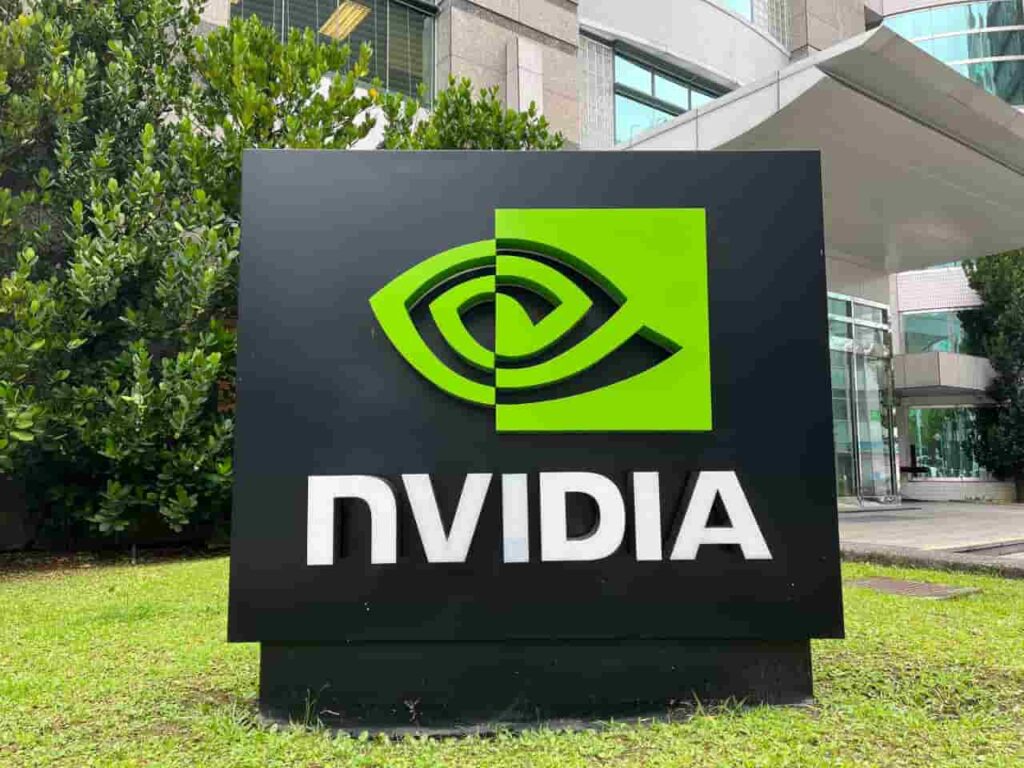Chipmaking powerhouse Nvidia (NASDAQ: NVDA) has been the most discussed stock in the market for over a year thanks to its technological leadership and, in many ways, peerless performance.
Legendary analyst Tom DeMark, known for advising numerous famous investors and creating TD Sequential, a popular reversal-detecting technical analyst tool, recently weighed in on NVDA shares’ future.
As part of a broader analysis, DeMark identified Nvidia’s upcoming earnings – scheduled for November 20 – as a pivotal moment and warned that the semiconductor stock might not have much upside ahead.
DeMark outlines Nvidia stock’s next moves
Using his method of focusing on strings of daily or weekly moves – moves that do not have to be fully sequential but be higher or lower and within two to four sessions – NVDA stock is one new high away from a pullback.
Between such a technical situation and the upcoming earnings, the most likely sequence of upcoming events would see Nvidia shares hit a new high upon the report’s release – Wall Street expects the chipmaker will repeat another strong quarter – and then collapse in value.
Still, it is uncertain whether the reversal will lead to a relatively standard 5-10% correction before the uptrend is regained or signal a more protracted end to the bull cycle.
Though this setup would indicate investors would be wise to either hold NVDA stock or buy ahead of November 20 with a finger on the sell button as soon as they are satisfied with the short-term rally, there is an extra layer of uncertainty in the picture.
Why Nvidia’s upcoming report is rife with uncertainty
While Nvidia remains an exceptional company and has seen its sales grow toe-to-toe with its prominence as the ongoing artificial intelligence (AI) boom has reached a fever pitch, some risks remain.
The broadest of these are general doubts about the rally’s sustainability. With a press time price of $139.92, NVDA shares are already 190.47% up year-to-date (YTD), and the firm has added more than $3.1 trillion to its market capitalization since the end of 2022 – almost a tenfold increase in valuation in less than two years.
Though Nvidia’s revenue growth has been no laggard – it stood at $13.5 billion in Q2, 2023, and at about $30 billion in the same trimester of 2024 – the numbers remain so extreme that major concerns about a potential bubble emerge.
Even without a bubble, Nvidia faces the issue of being simultaneously seen in an excessively positive light and as a cornerstone of the AI boom. Specifically, should it report strong figures – but below expectations – it could see a sudden and disproportionate collapse in valuation.
The danger of the semiconductor giant underperforming has become particularly pointed in recent weeks. First, a design flaw in the cutting-edge Blackwell infrastructure that heavily impacted the yield potential was revealed.
Though this problem has been resolved since, more recent reports indicate the chipset is prone to overheating and has caused AI server delays.
DeMark draws concerning parallels between 1929 and 2024
Whatever Nvidia’s next moves end up being, Tom DeMark’s analysis of the overall market also gives investors cause to monitor their portfolios closely in the coming days and weeks.
Specifically, the analyst applied a similar methodology to the S&P 500 and the Dow Jones Industrial Average and estimated they are also within just a few peaks from dropping.
Though it is again unclear if the coming fall will be a fairly standard correction—possibly even a ‘buy the dip’ opportunity—or the start of a new recession, the fact that the analyst was comparing the current market with stocks’ performance between the Financial crisis of 1914 and the start of the Great Depression in 1929 will likely disturb the sleep of many a trader.
Featured image via shutterstock









